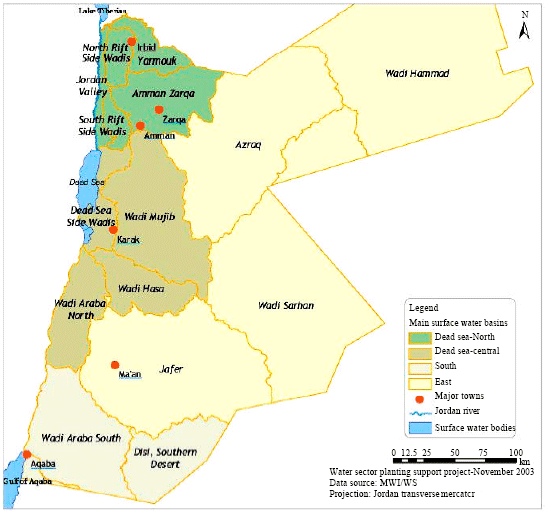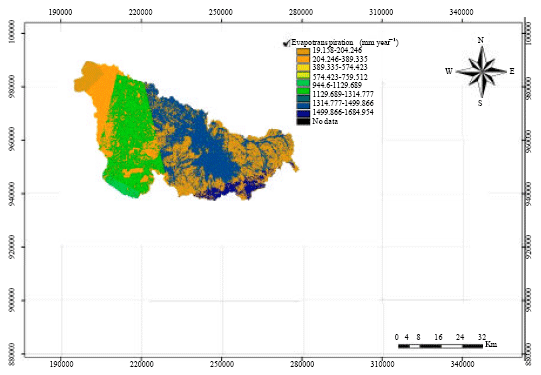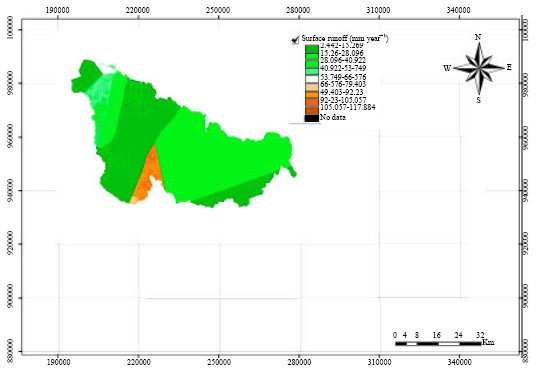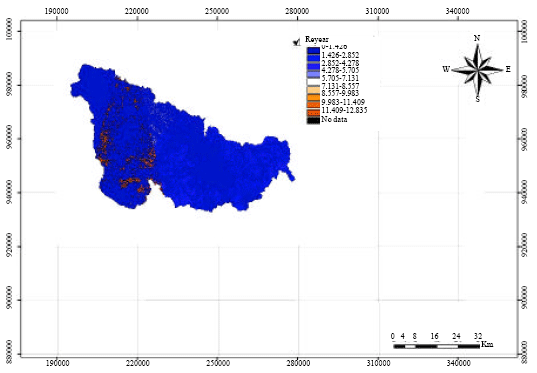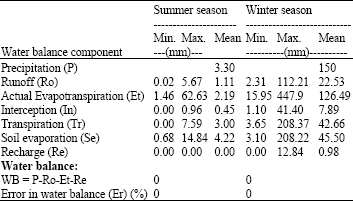Research Article
Estimation of Water Balance Components in the Hasa Basin with GIS based WetSpass Model
Al -Balqa� Applied University, Al-Salt 19117, Jordan
Y. Al- Zu`bi
Al -Balqa� Applied University, Al-Salt 19117, Jordan
O. Rimawi
Al -Balqa� Applied University, Al-Salt 19117, Jordan
J. Al- Zu`bi
Al -Balqa� Applied University, Al-Salt 19117, Jordan
N. Alouran
Al -Balqa� Applied University, Al-Salt 19117, Jordan









